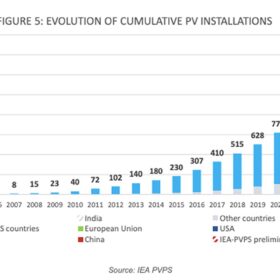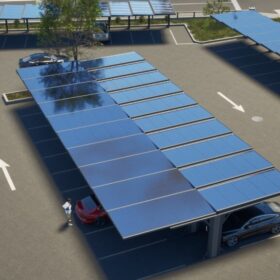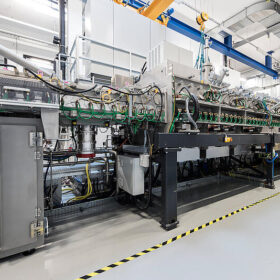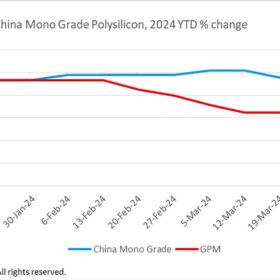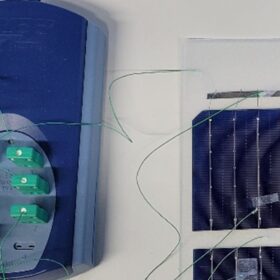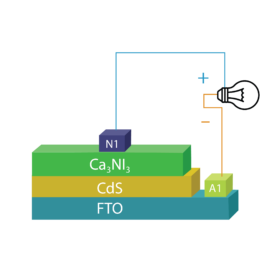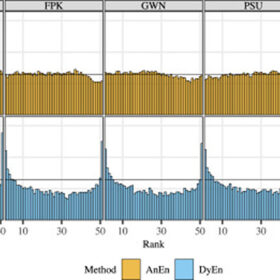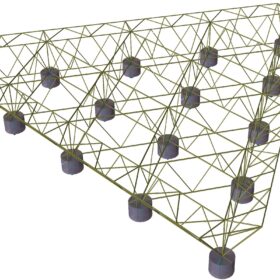China PV Industry Brief: Beijian Energy to build HJT cell, module factory
Beijian Energy says it will build a new factory to make heterojunction (HJT) solar cells and panels. The facility in Liaoning province will produce 4 GW of cells and 3 GW of PV modules.
Global PV capacity hit 1.6 TW in 2023, says IEA-PVPS
The International Energy Agency (IEA) Photovoltaic Power Systems Programme (PVPS) has published a wide-reaching snapshot of the global PV market, covering installations, manufacturing, policy trends, and grid integration.
PV industry demand for silver could rise by 20% this year
Demand for silver in the photovoltaic industry hit 193.5 million ounces in 2023, according to the Silver Institute. It predicts that demand will grow by another 20% in 2024.
German startup offers modular PV system for parking lots
UV Energy has developed a PV system that can be used in parking lots and on other surfaces. It claims that the arrays can be deployed within time frames of three to six weeks.
ZSW, First Solar partner to collaborate on thin-film PV
Zentrum für Sonnenenergie- und Wasserstoff-Forschung Baden-Württemberg (ZSW) and First Solar have agreed to work together to develop thin-film PV technologies on a gigawatt scale.
Global polysilicon prices decline slightly
In a new weekly update for pv magazine, OPIS, a Dow Jones company, offers bite-sized analysis on solar PV module supply and price trends.
New model to optimize PV module encapsulation
An Austrian team develped a model to optimize lamination parameters and to flag critical, insufficiently crosslinked and inconsistent encapsulant laminations. It could be particularly suitable for the production of double-glass solar panels.
Researchers design 31%-efficient perovskite solar cell based on calcium nitrogen iodide
An international team has demonstrated a perovskite solar cell relying on inorganic calcium nitrogen iodide (Ca3NI3) perovskite and has found this absorber material offers advantages such as tunable bandgap and resistance to heat. The device achieved a fill factor of 81.68%.
Ensemble techniques for solar energy forecasts
A Chinese research group has sought to understand the relative performance of two weather prediction techniques based on ensemble modeling for solar energy forecasts. The scientists applied the two methods in combination with three classical post-processing methods.
Mooring system design for offshore floating photovoltaics
Researchers in China have compared the performance of catenary and taut mooring systems for offshore floating PV systems. They found that the taut system offers a higher degree of reliability in shallow water environments with severe tidal variations.
